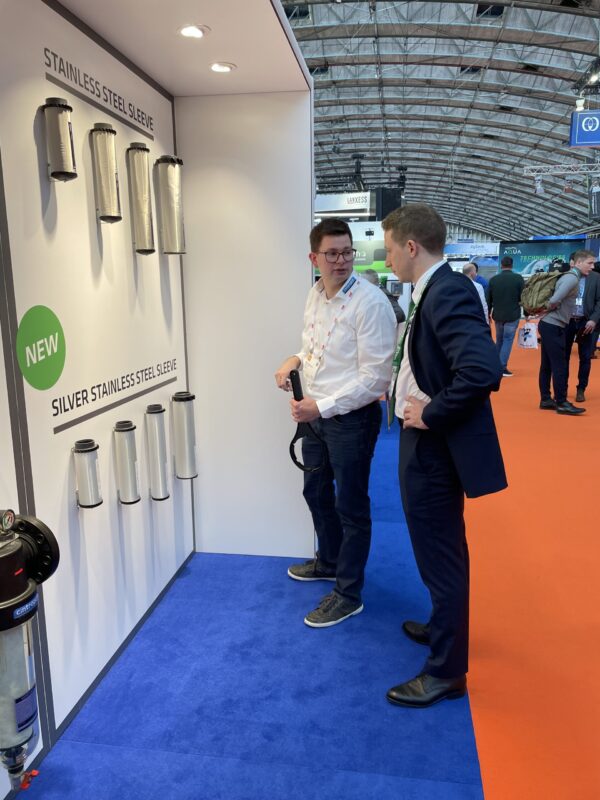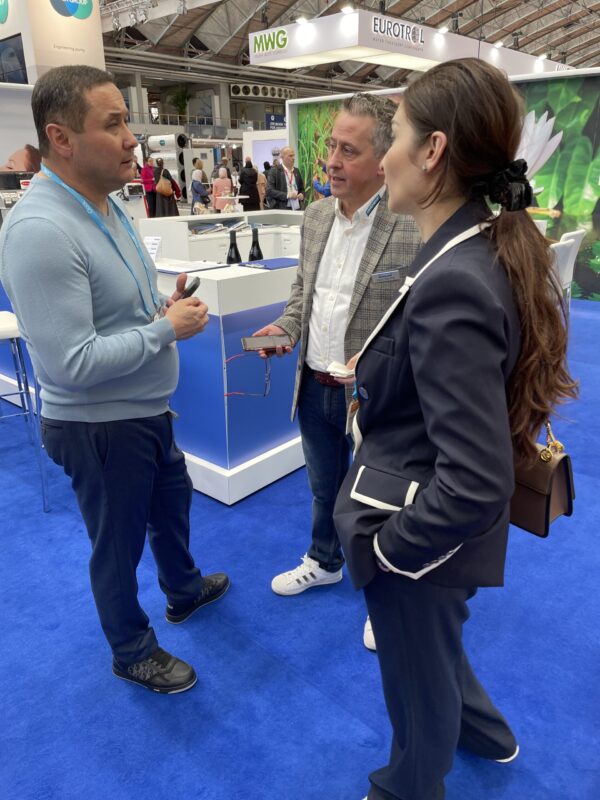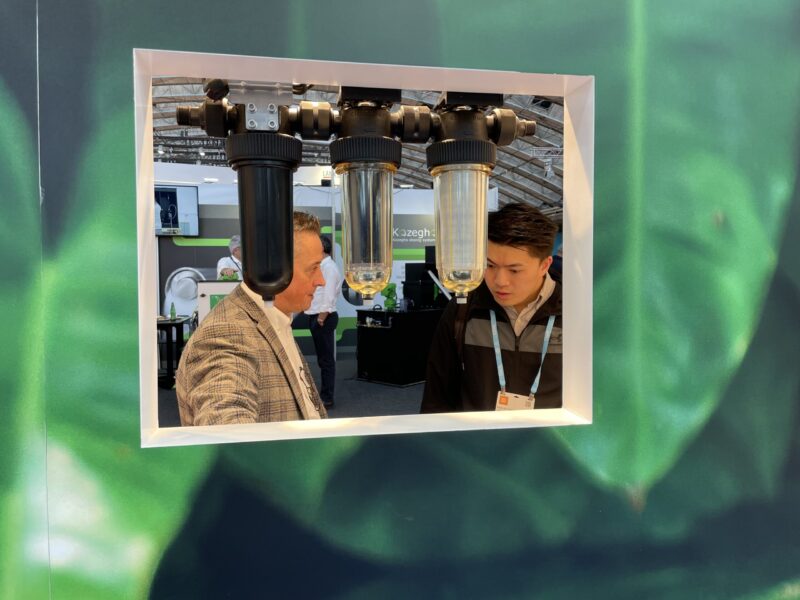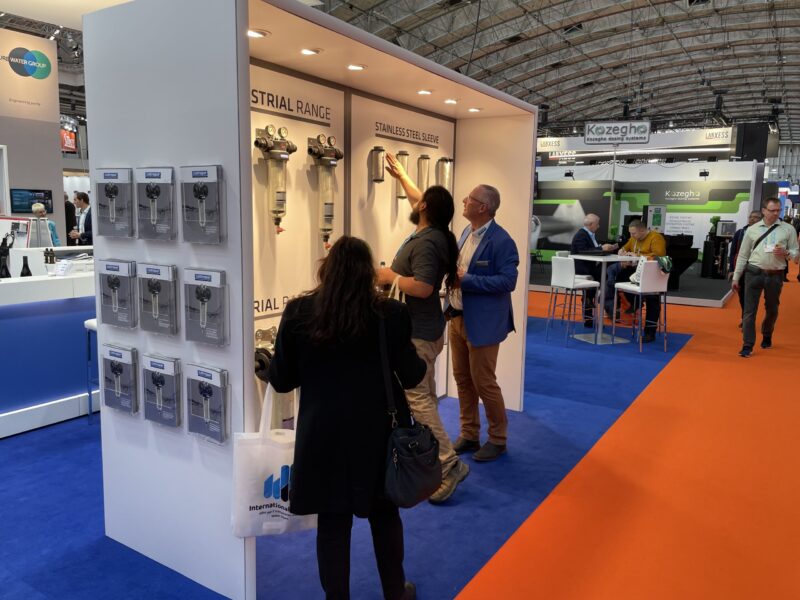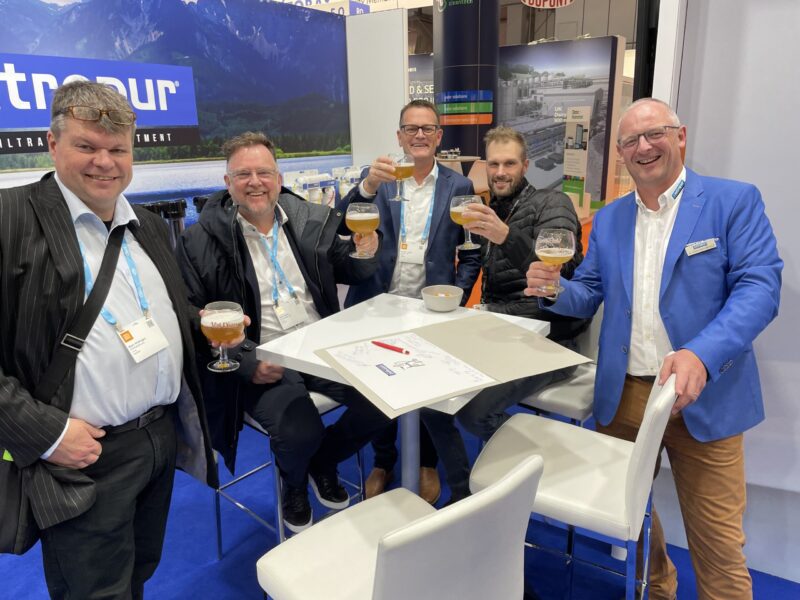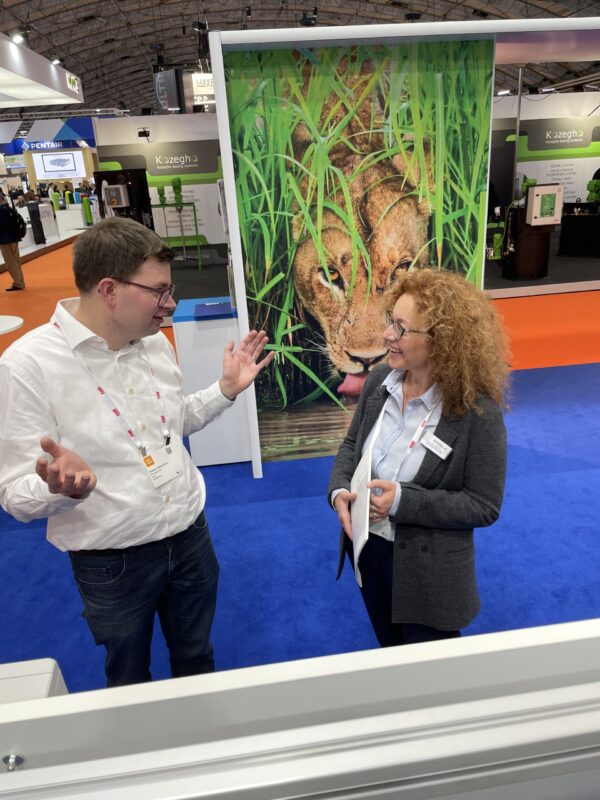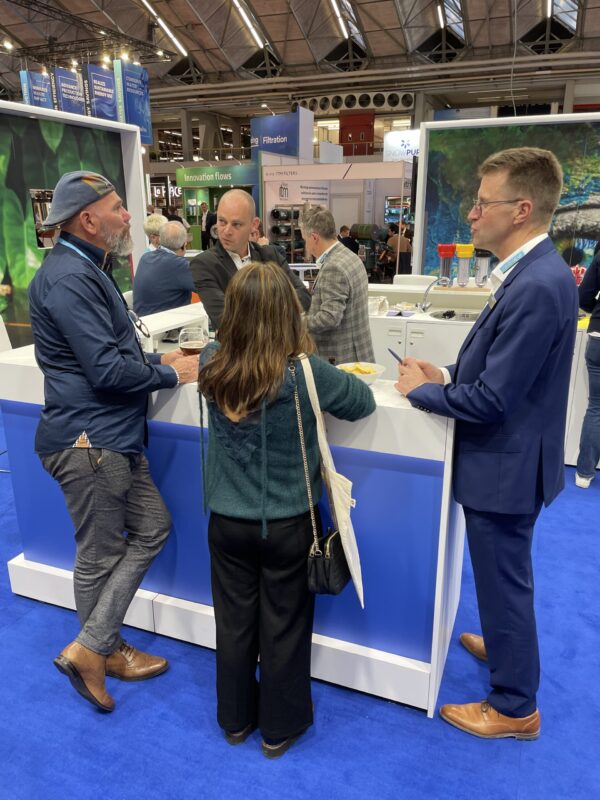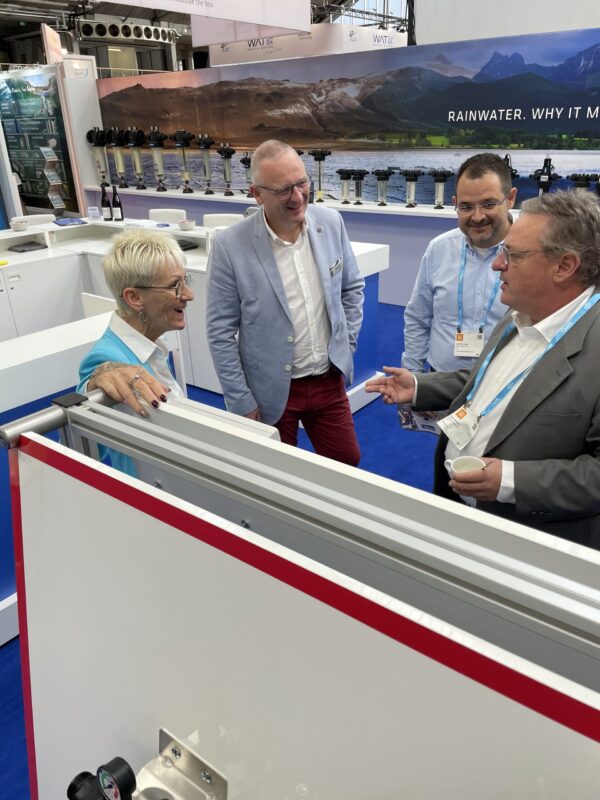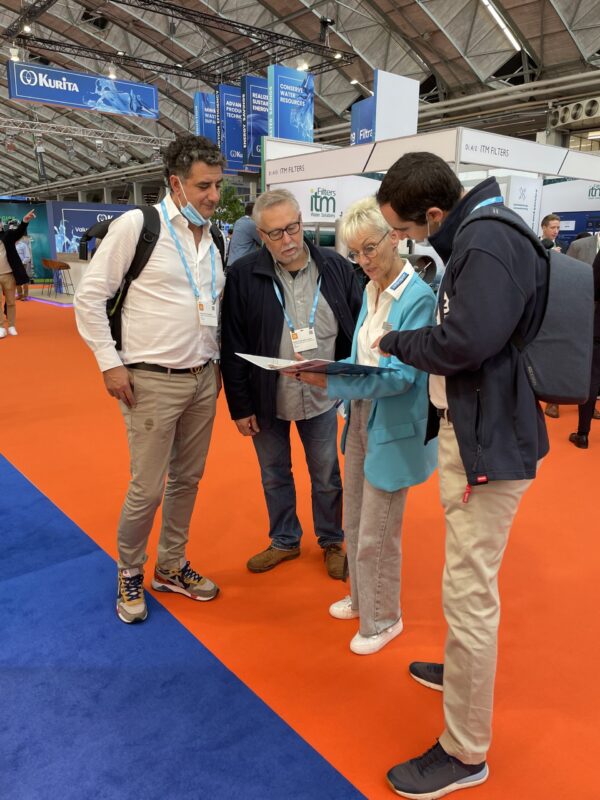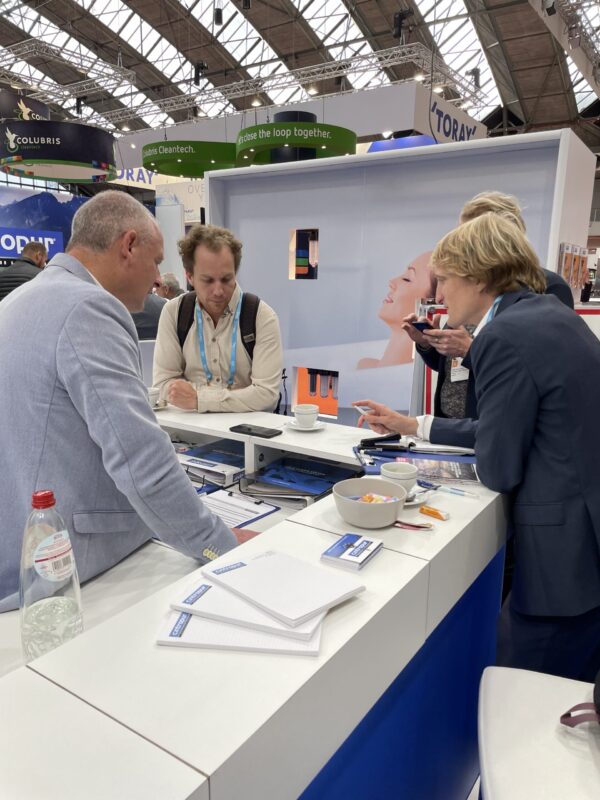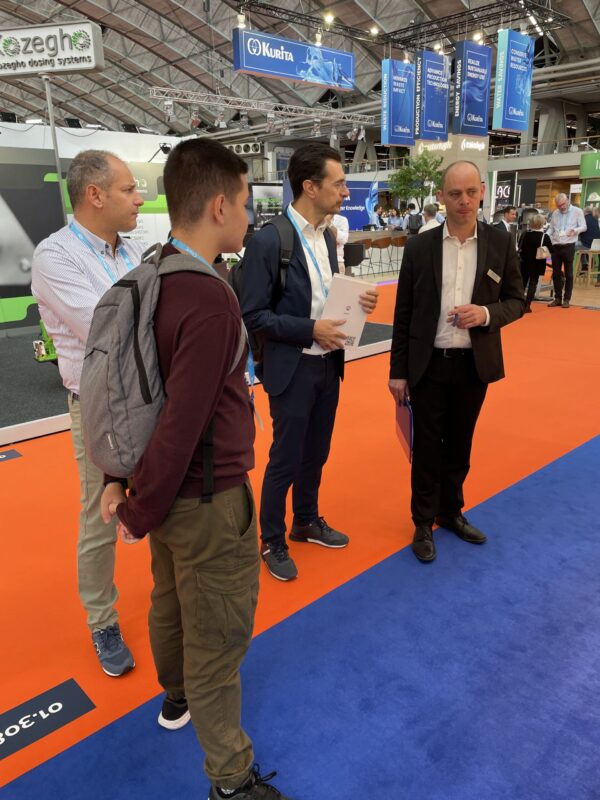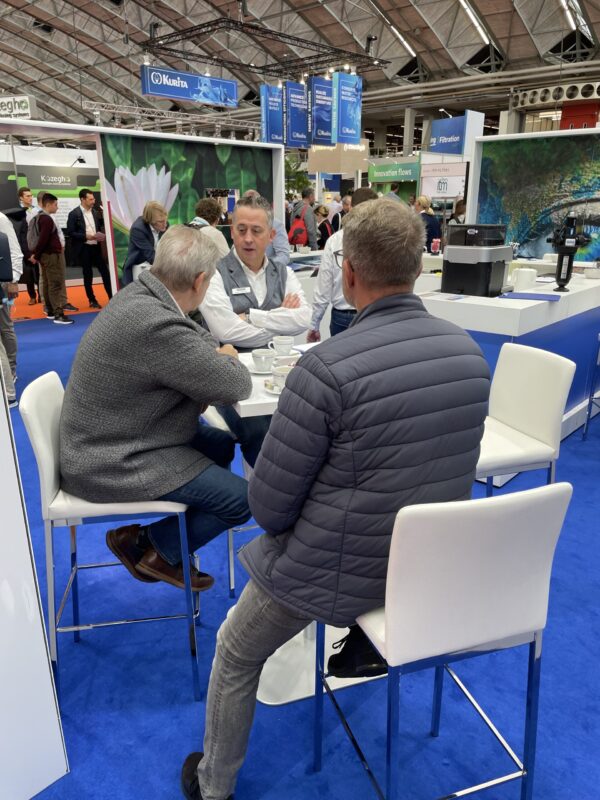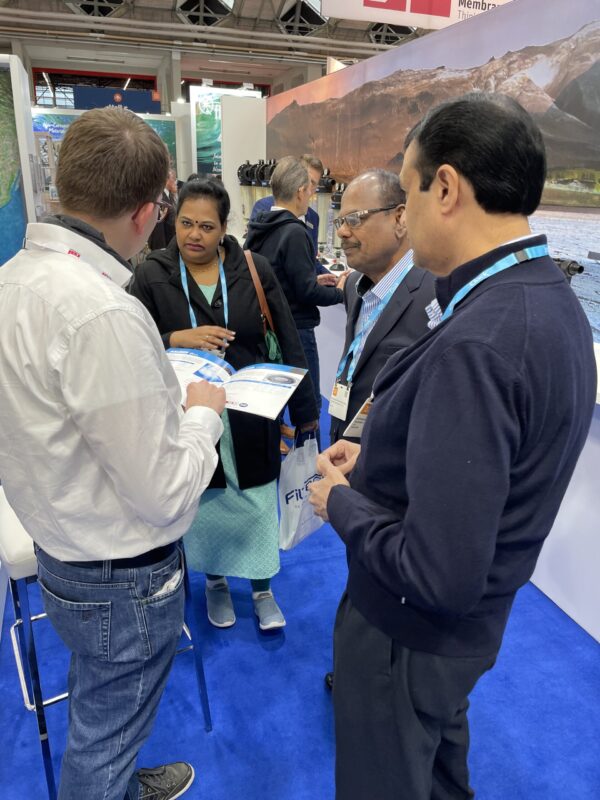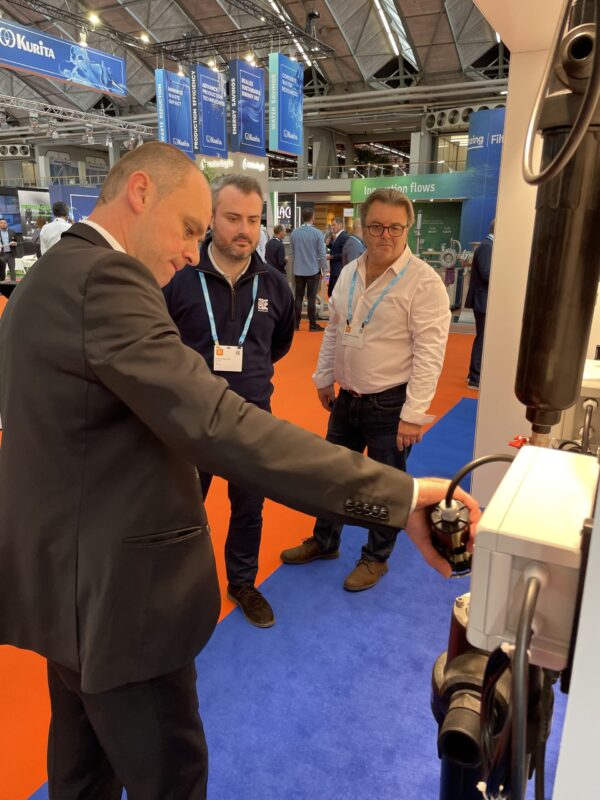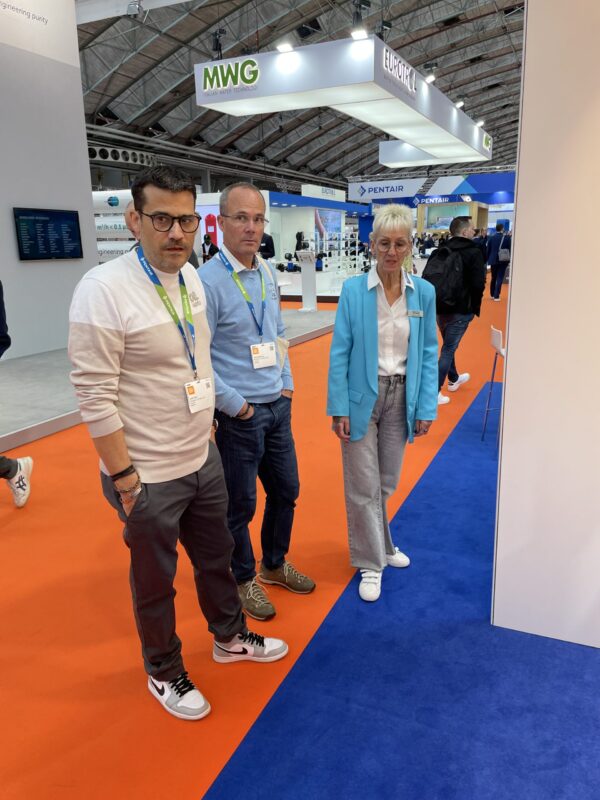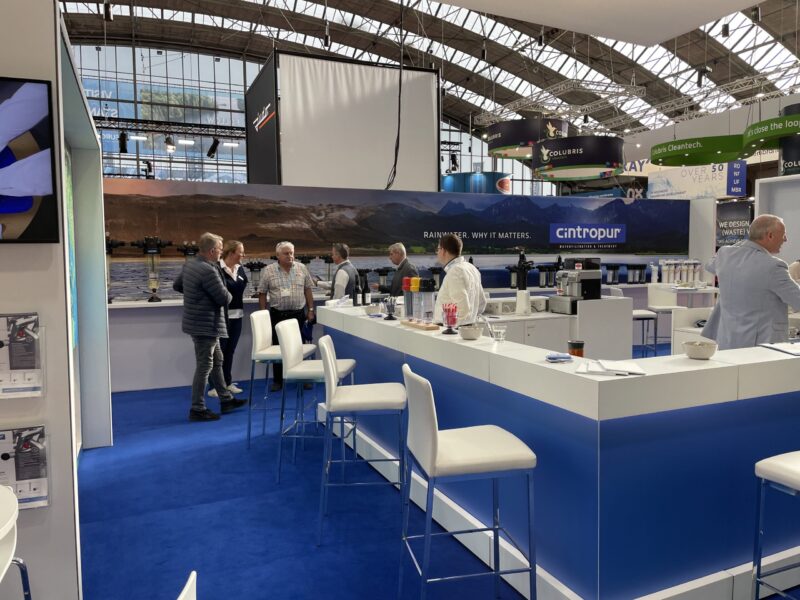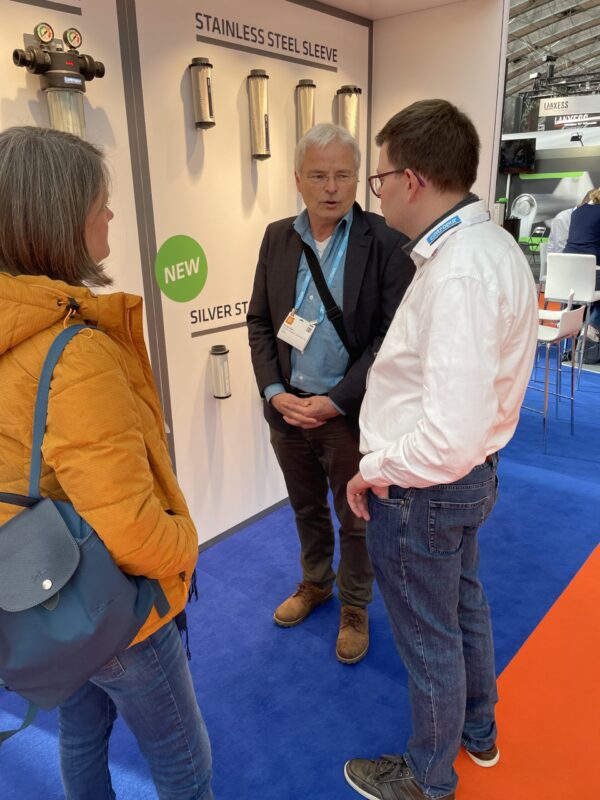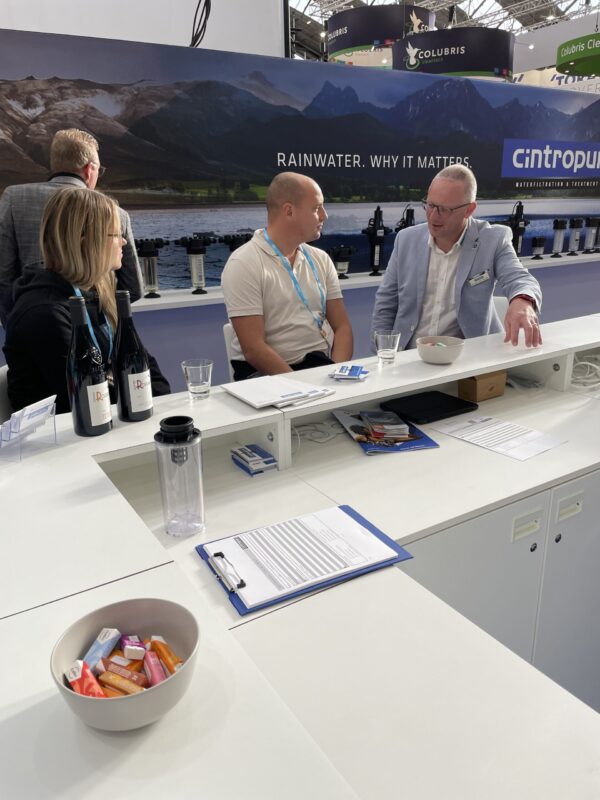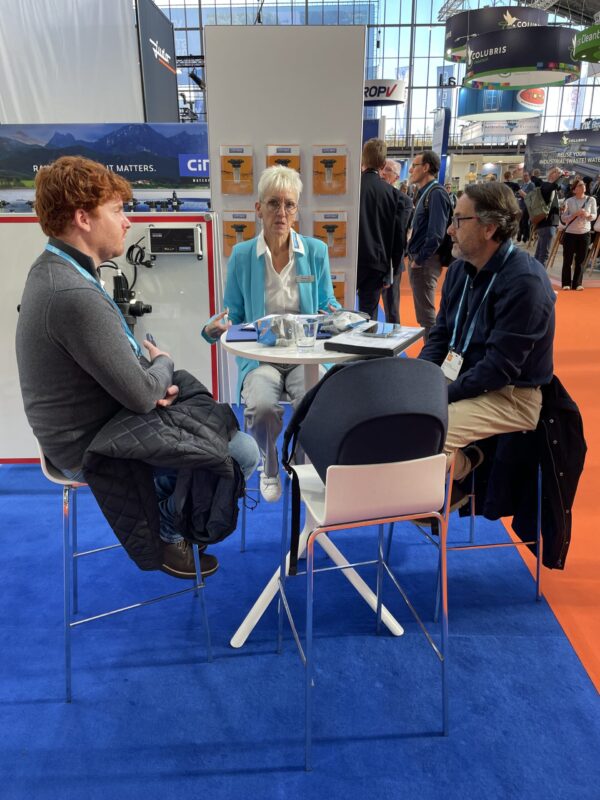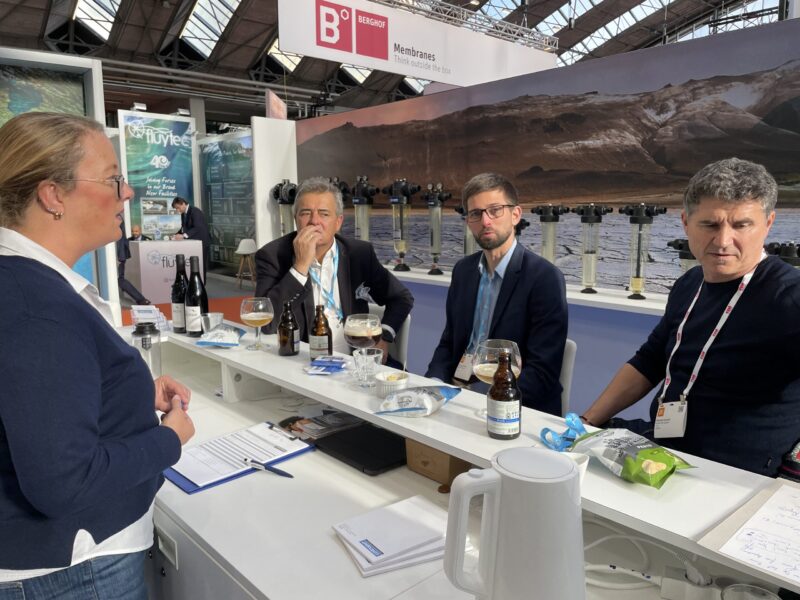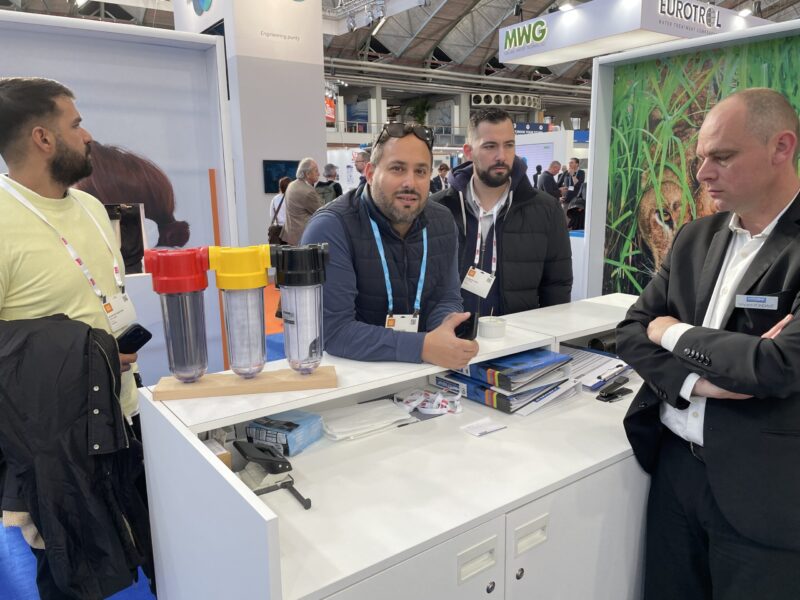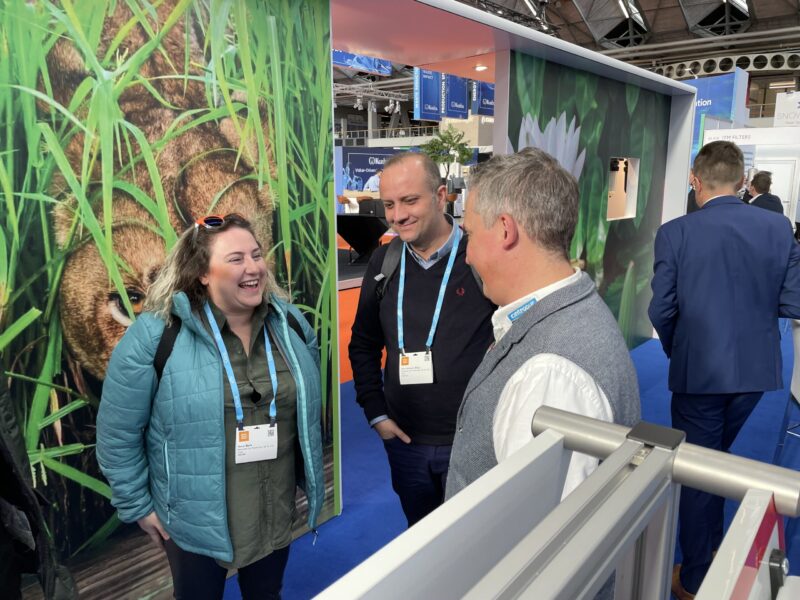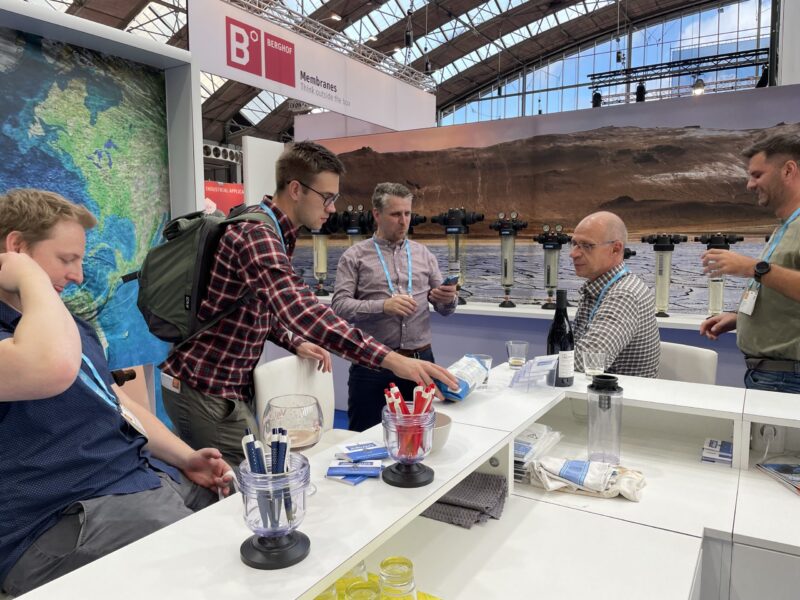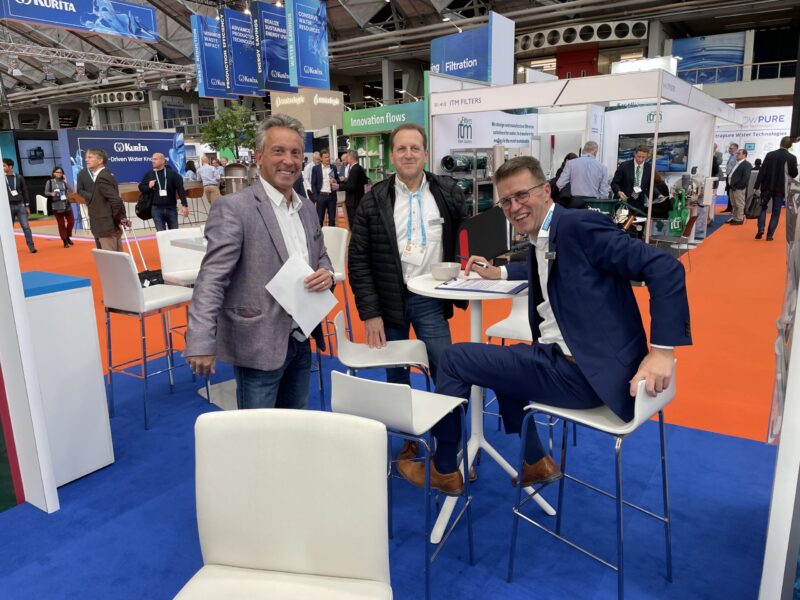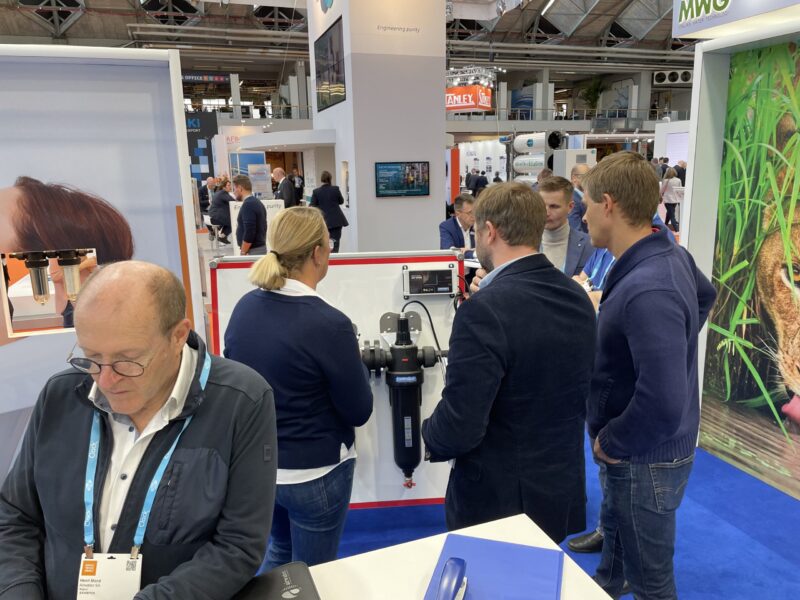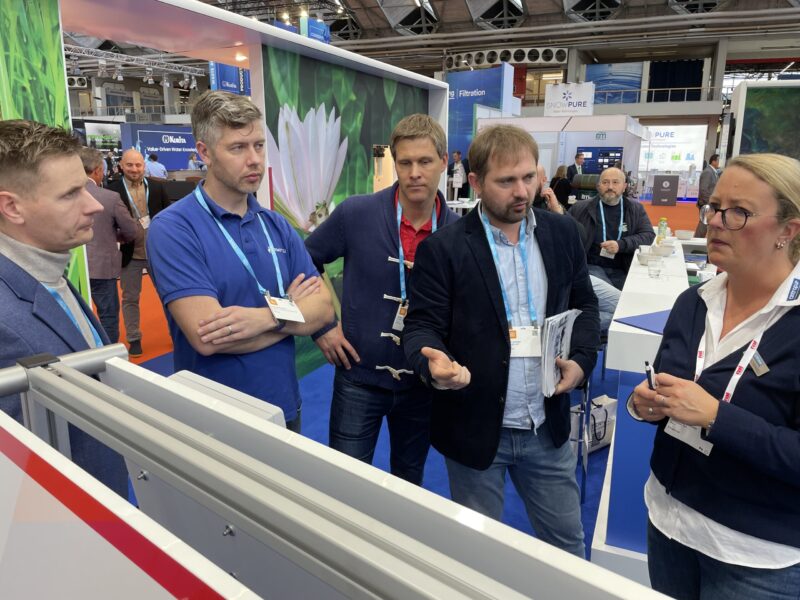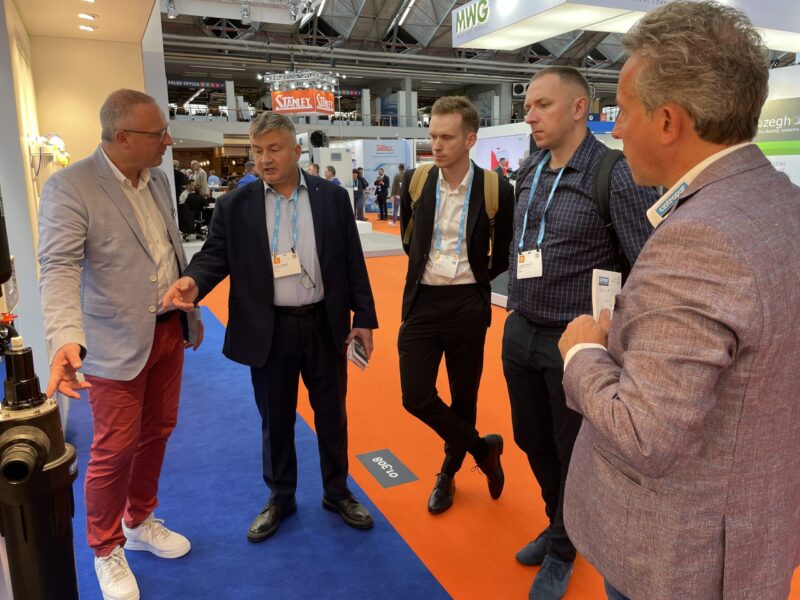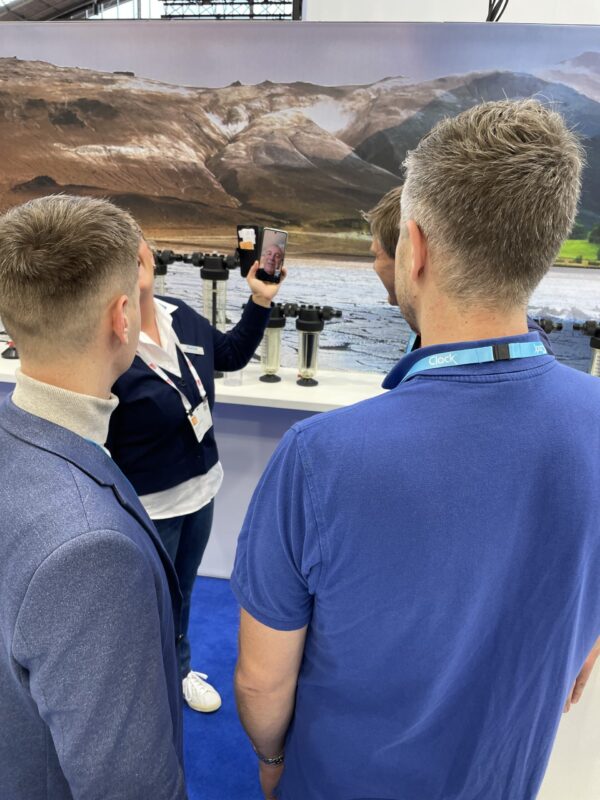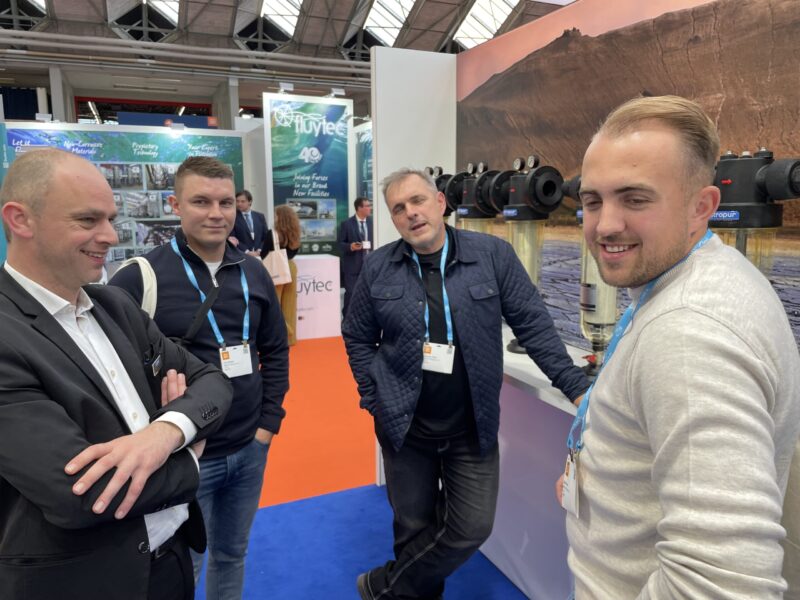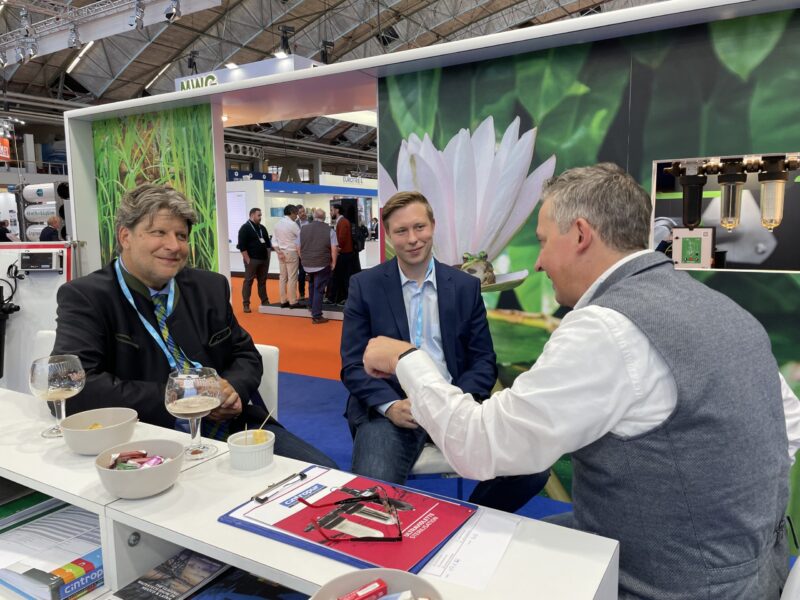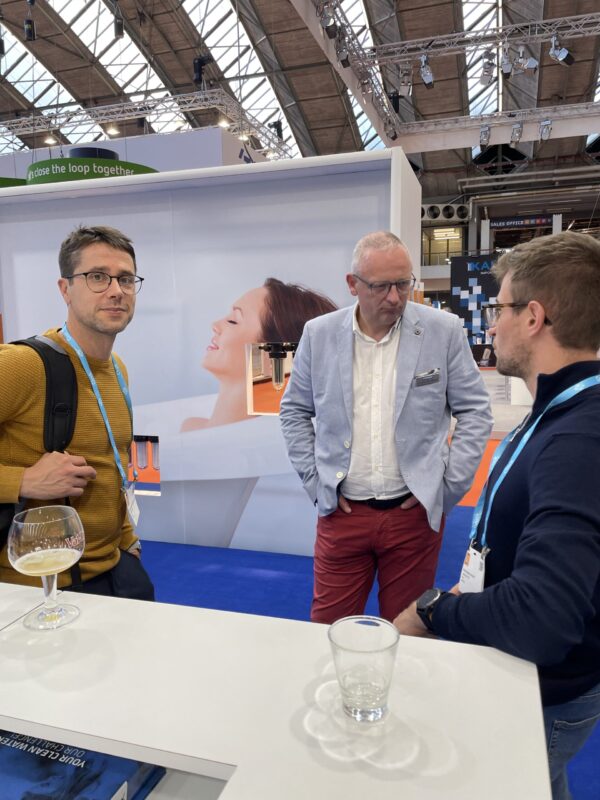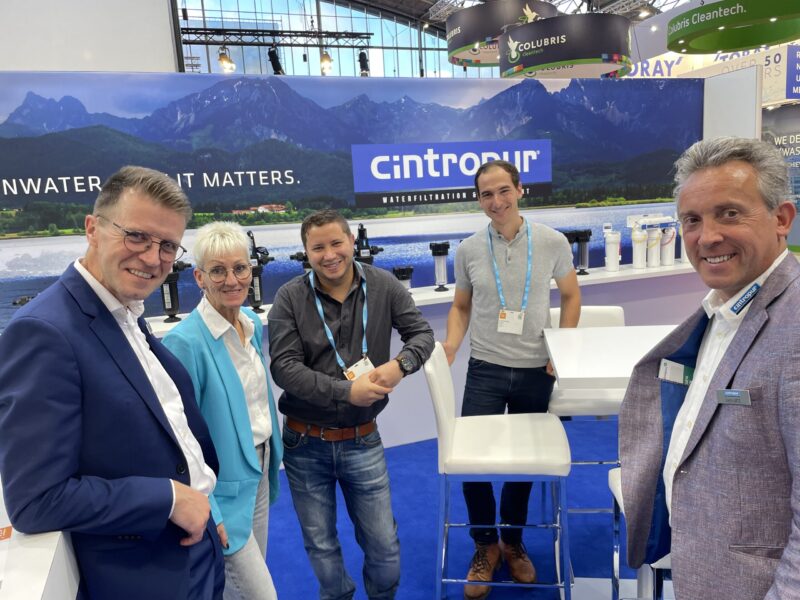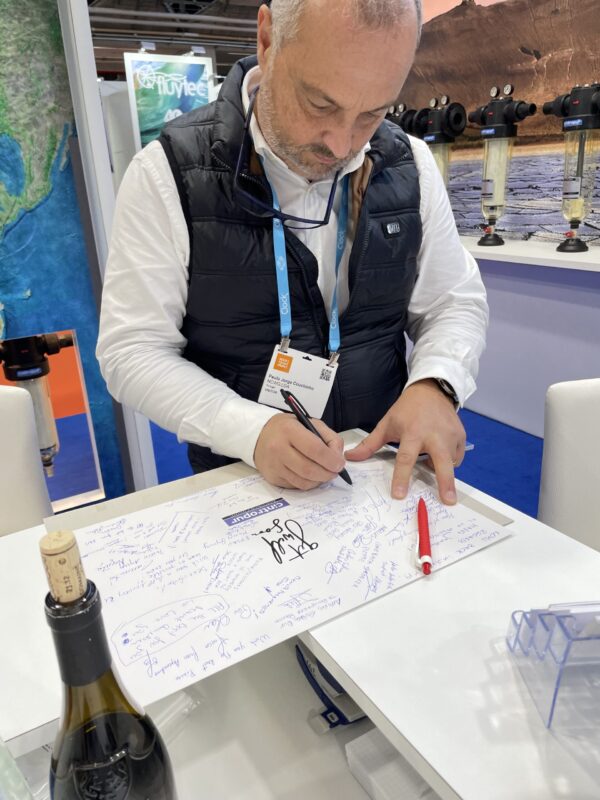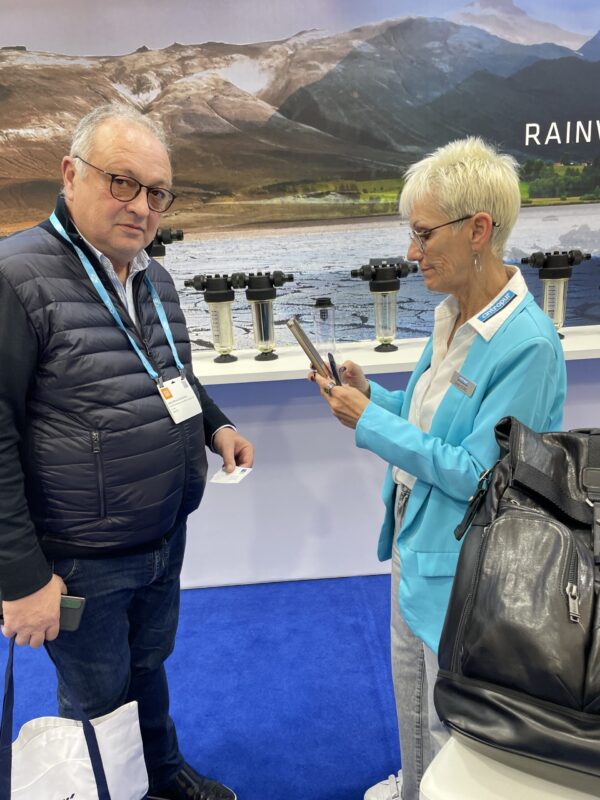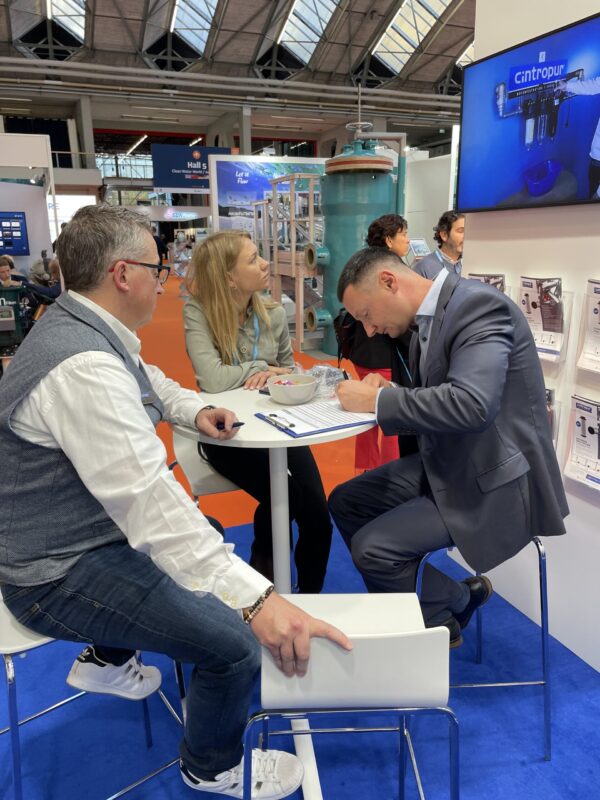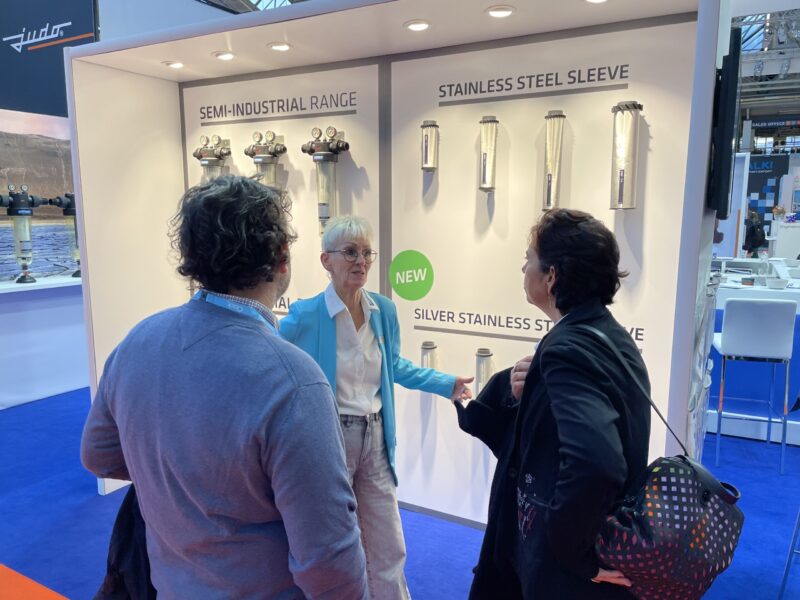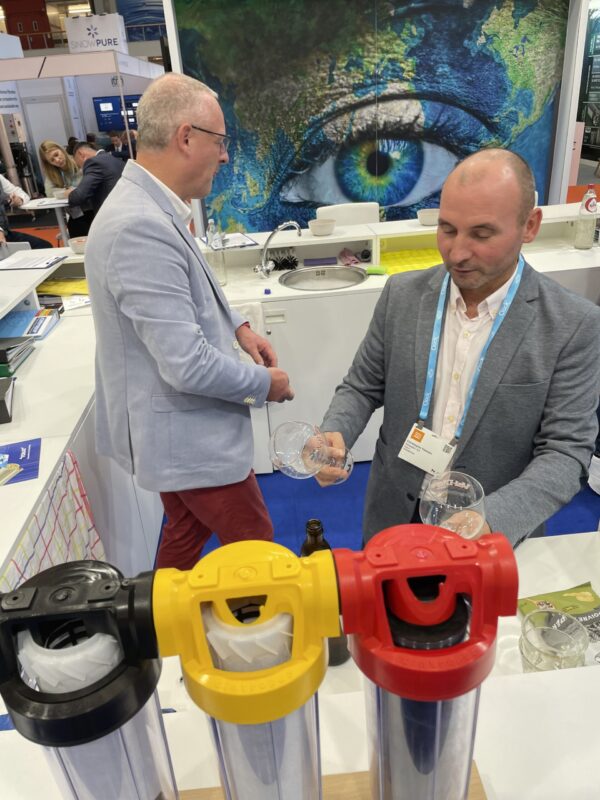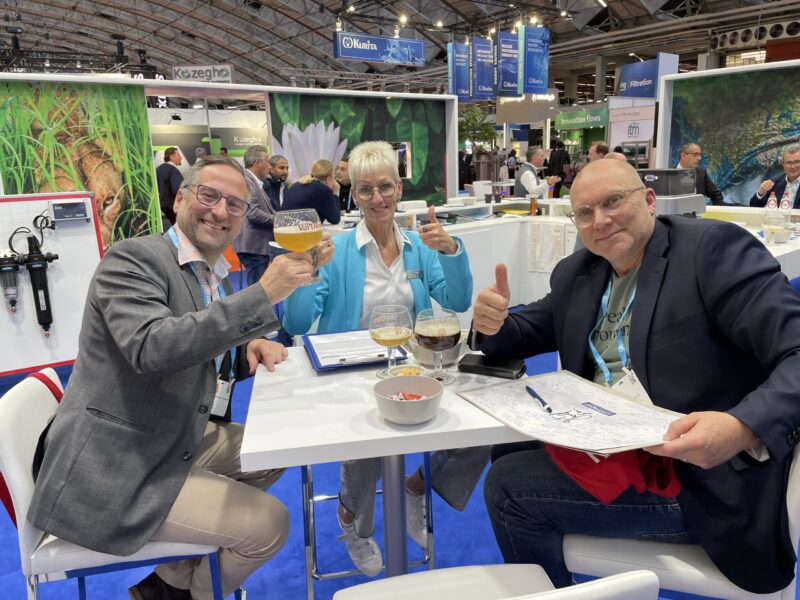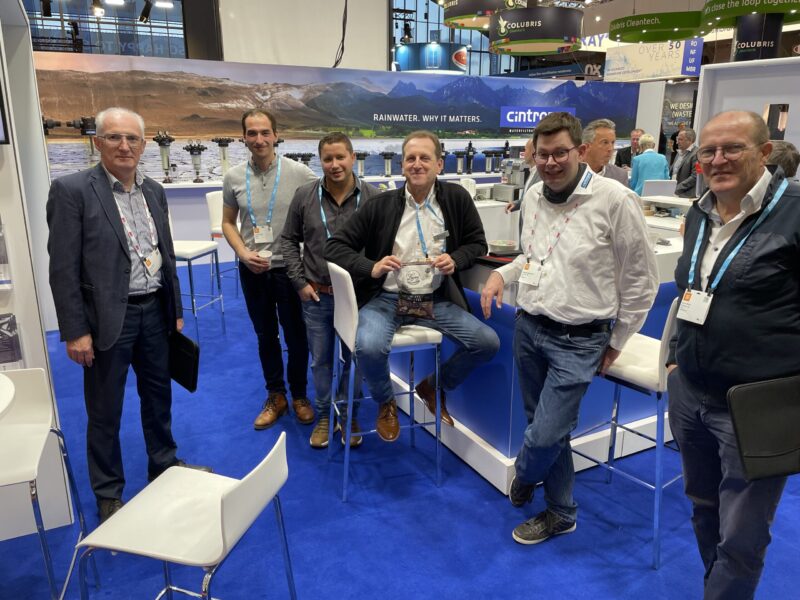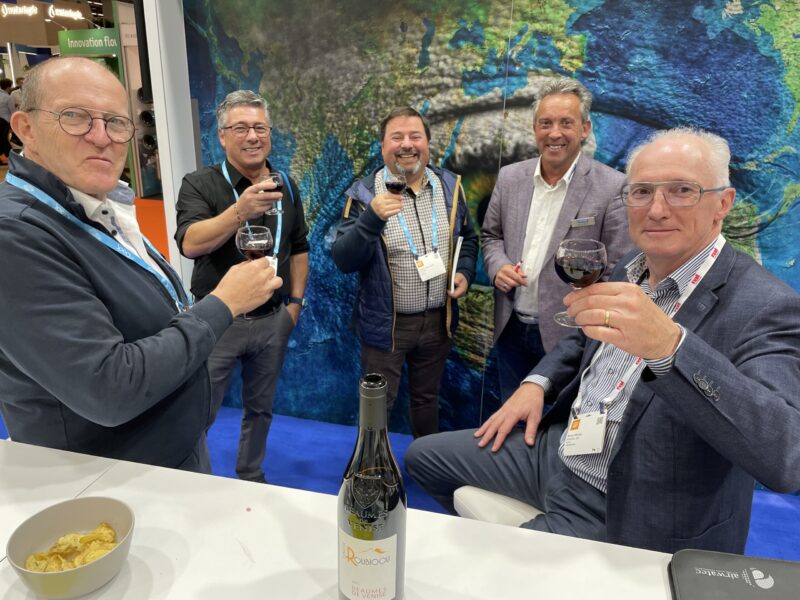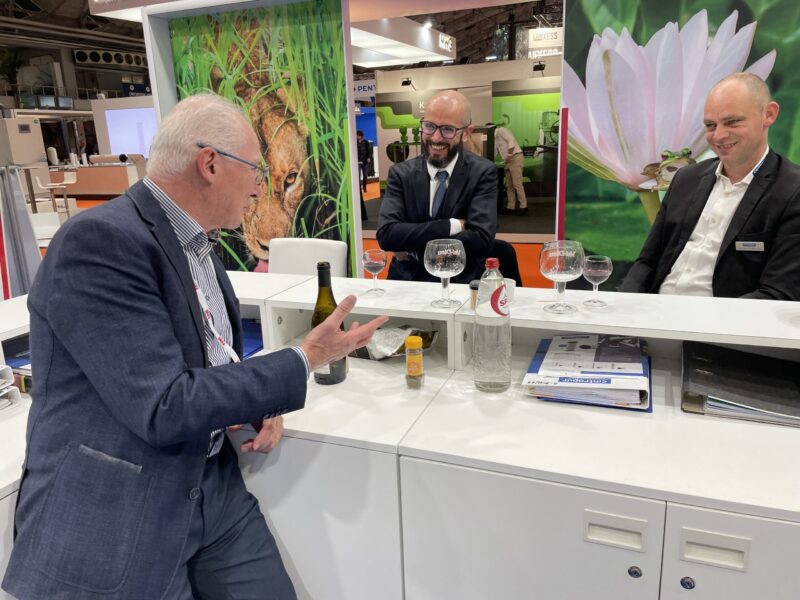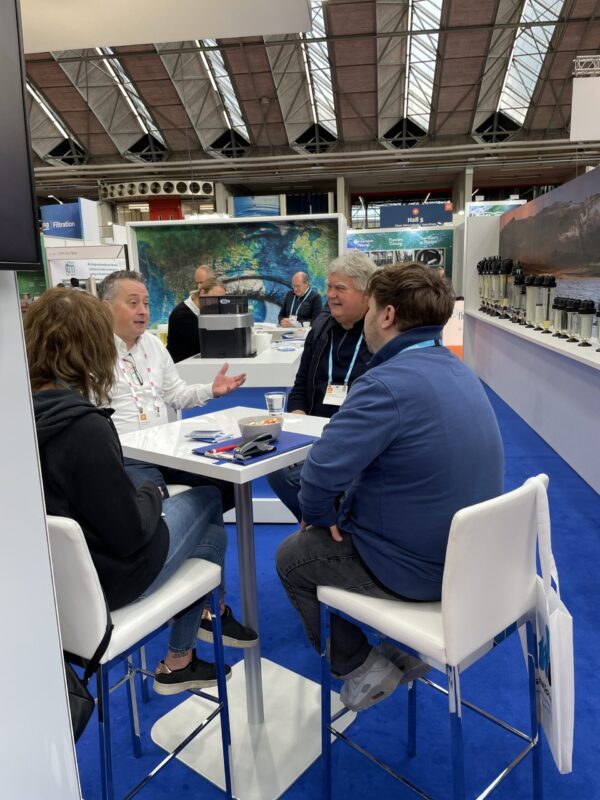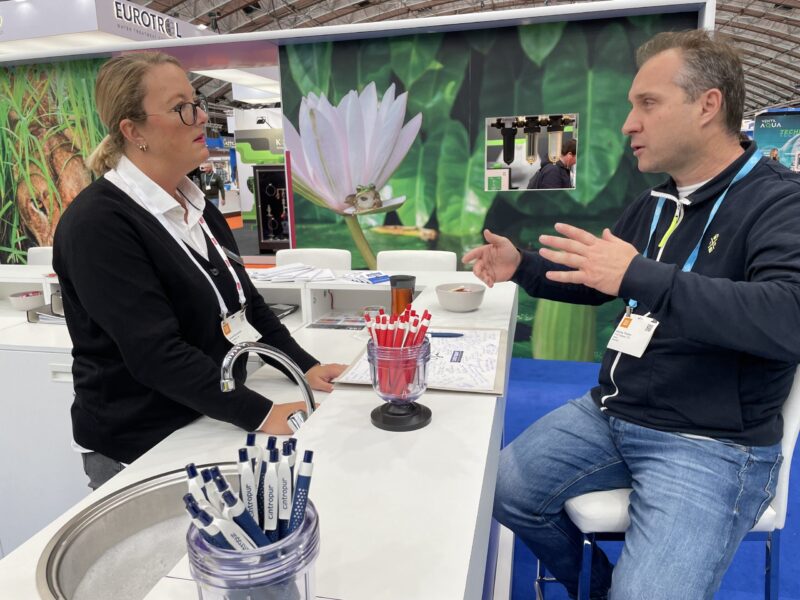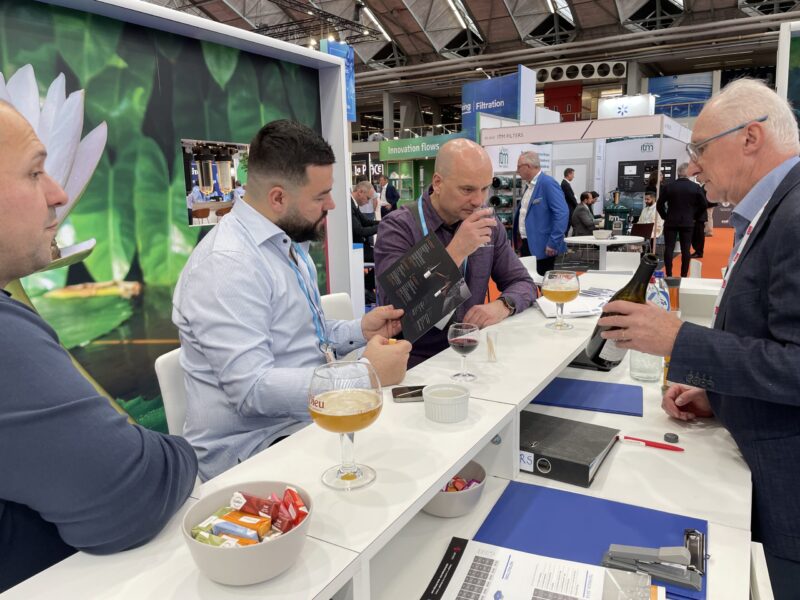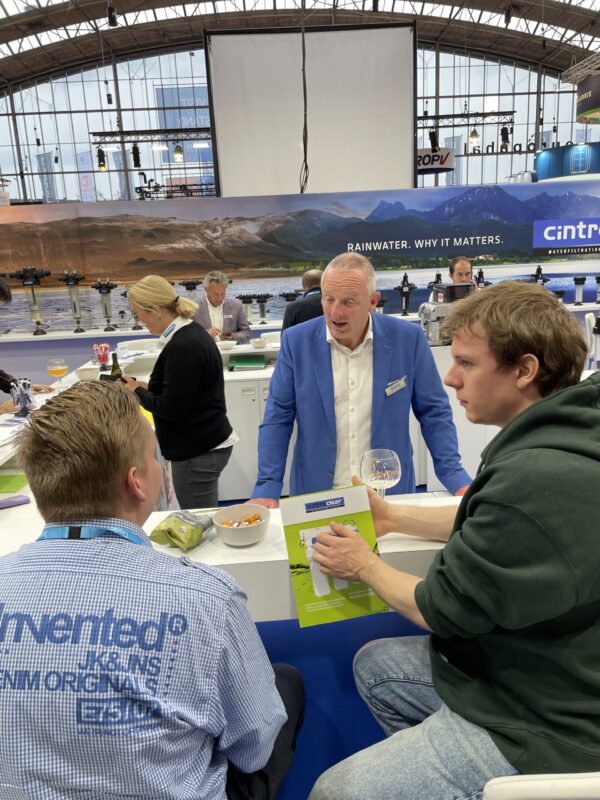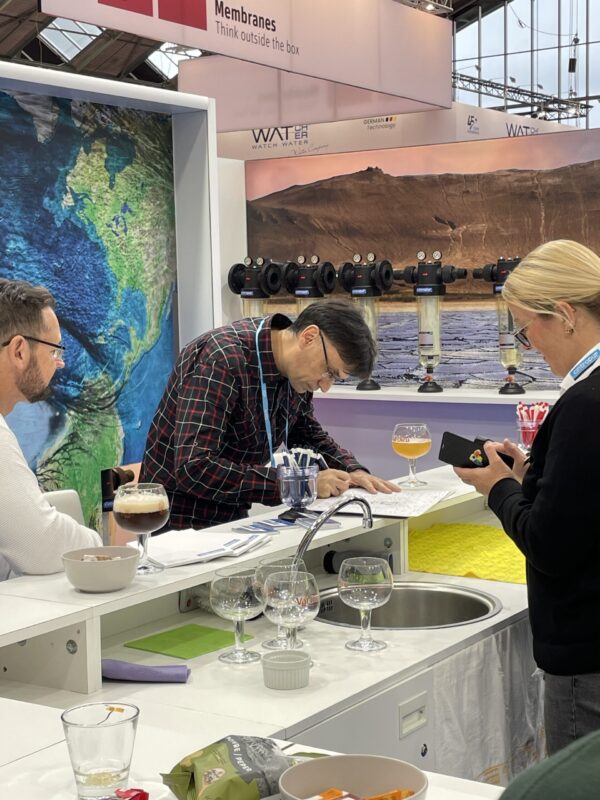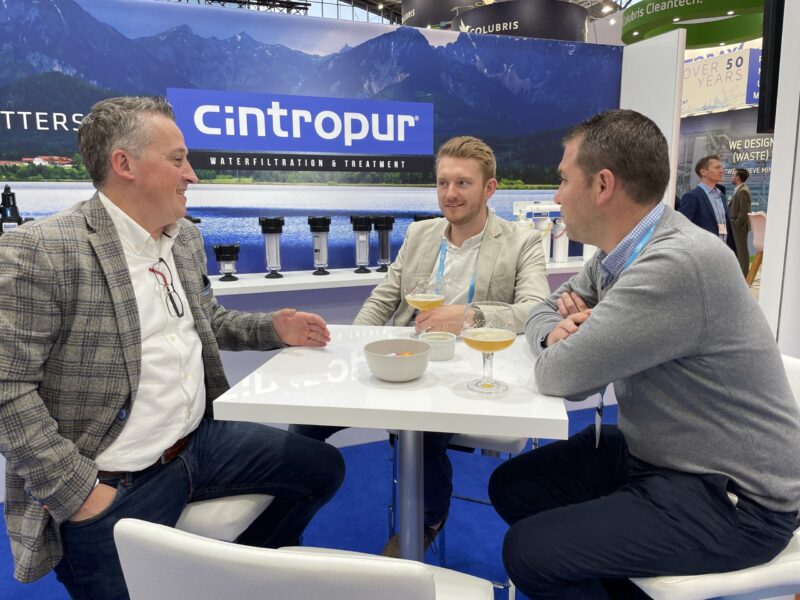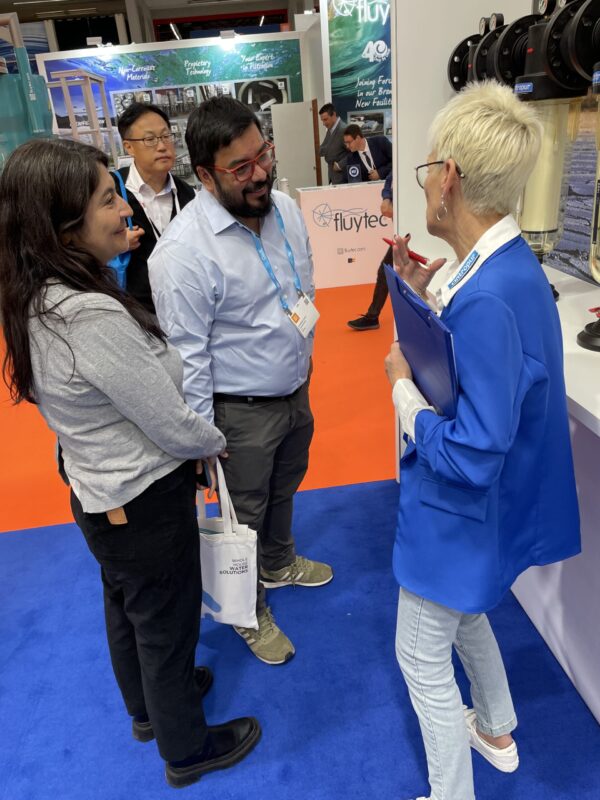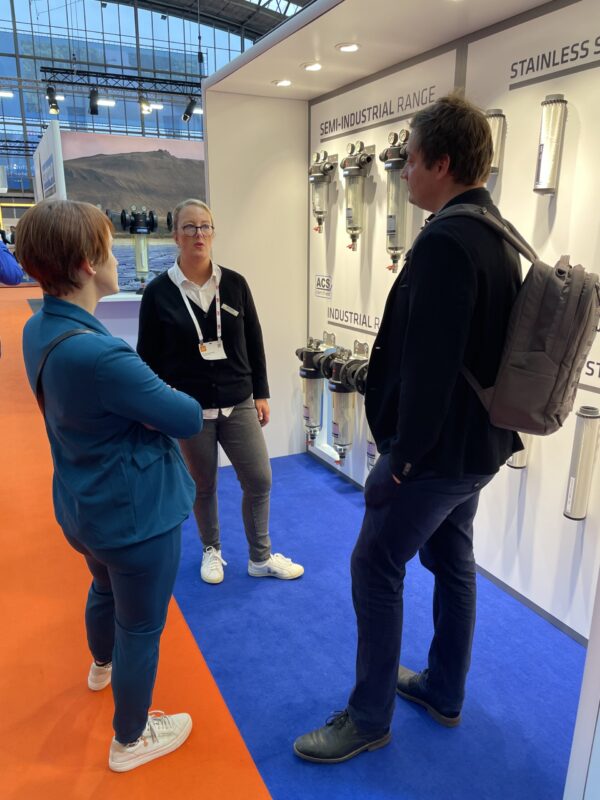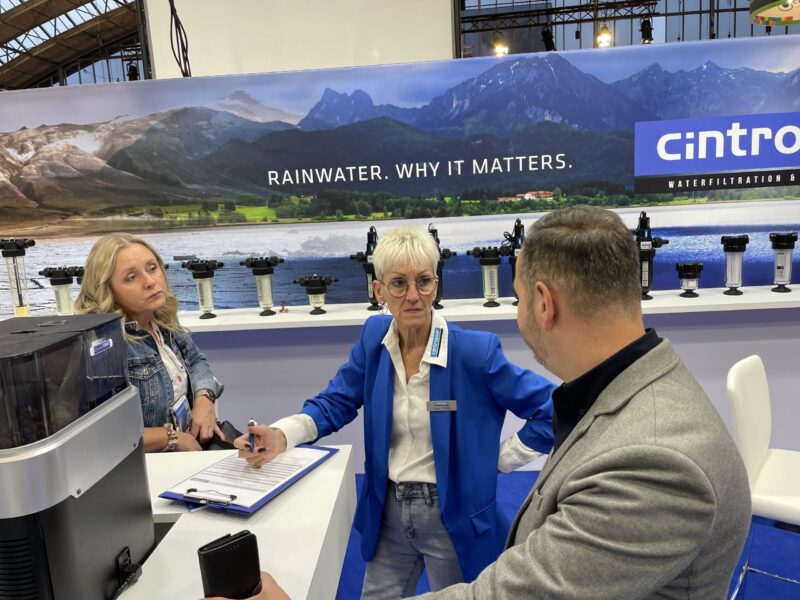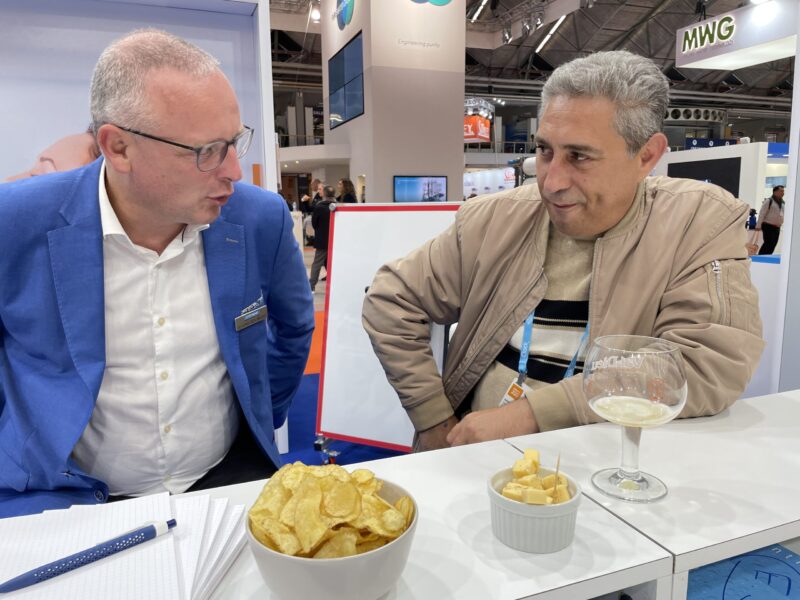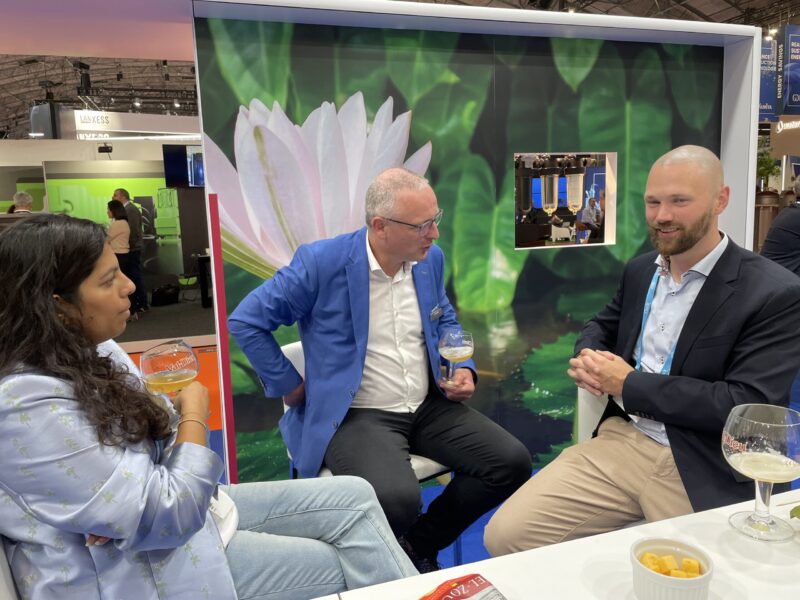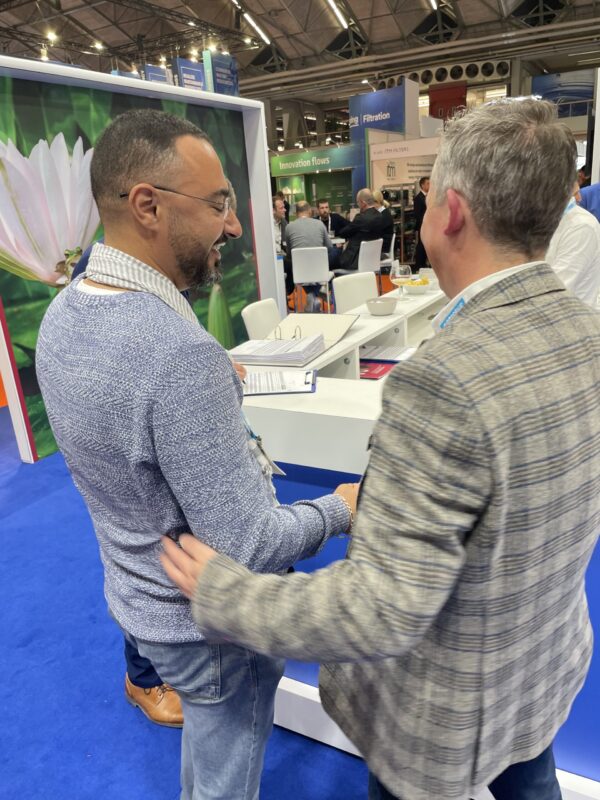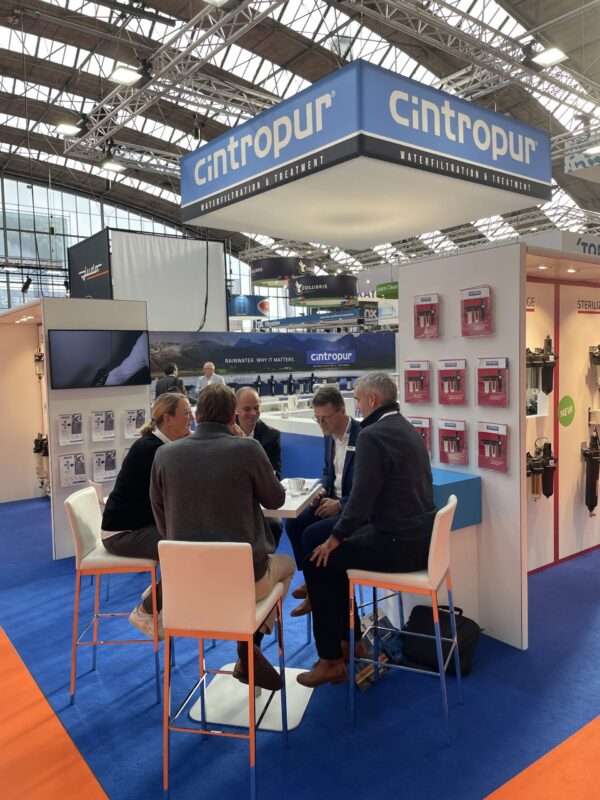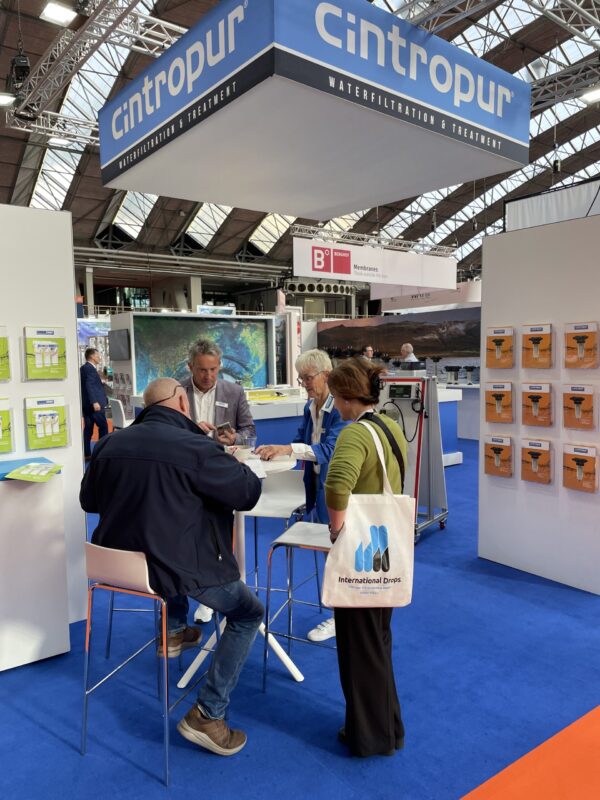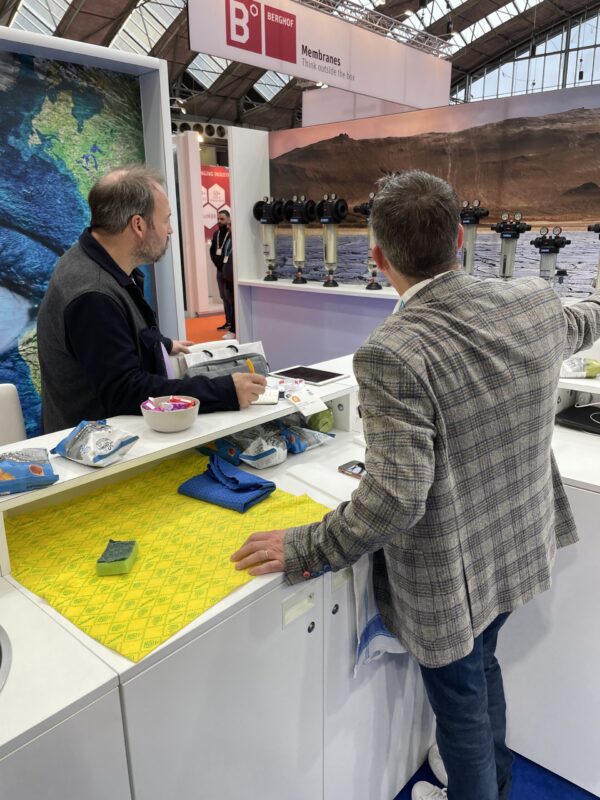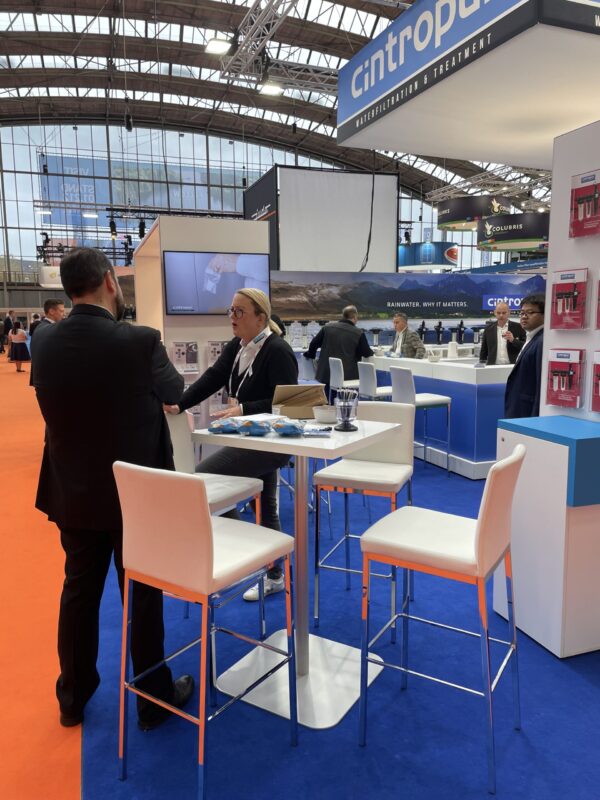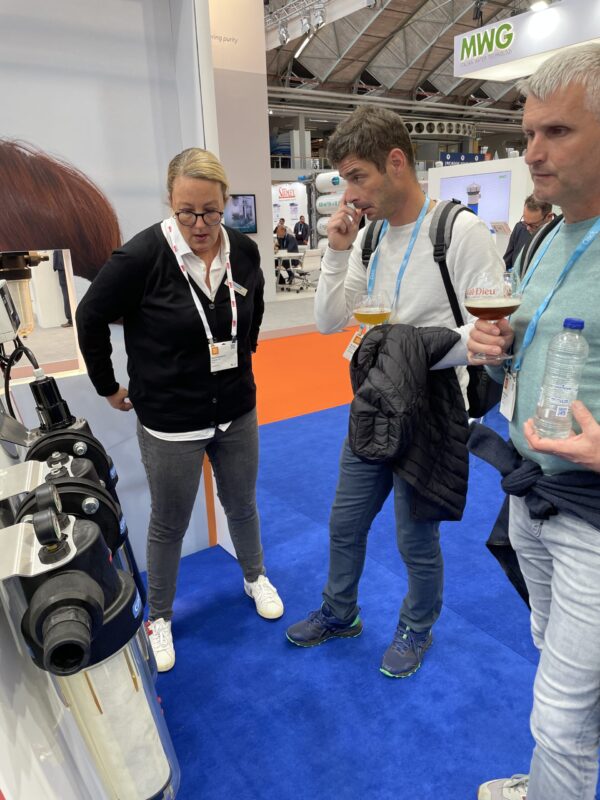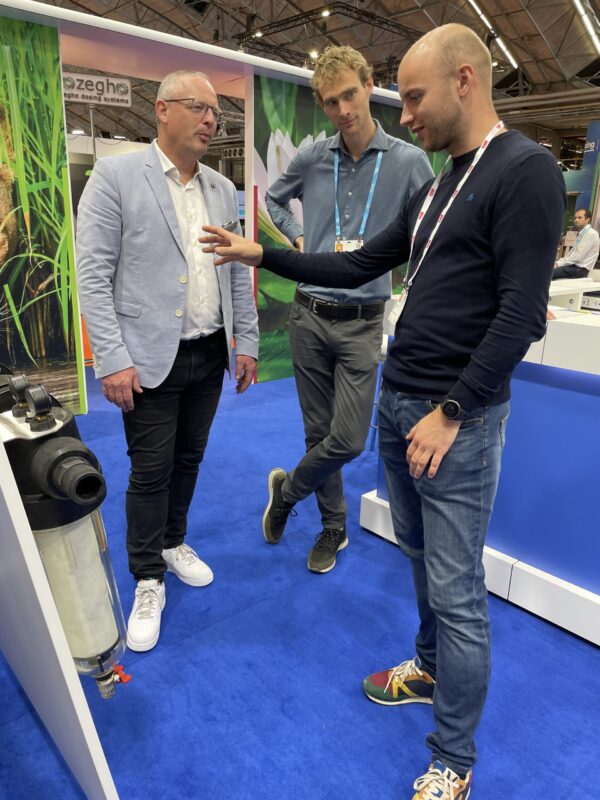After treatment, the reclaimed rainwater can be used through a separate hydraulic network from that of city water to supply washing machines, toilets, and any devices for cleaning floors, cars, and watering plants.
Once sterilized by UV-C rays, it could even be used for showers, dishwashers, or other bathroom faucets. However, this requires compliance with a set of rules. Airwatec has outlined and named them
“The 5 Golden Rules for Good Rainwater Recovery.”
This rainwater recovery process requires special attention when flat roofs are covered with bituminous membranes. The quality of the collected water, especially during hot summer periods, depends closely on the composition of these membranes and how they are installed.
Almost all bituminous sealing membranes will pose potential risks to the quality of the collected water due to the transfer of chemical elements. This issue arises from bituminous residues from the membrane and the welds between the strips. It will be technically very difficult and expensive to remove these discolorations and chemicals from stored water.
The only sealing membranes entirely neutral regarding the quality of the collected rainwater must be 100% EPDM material. The assembly and installation of these membranes are done cold or by vulcanization of the strips. The 100% EPDM Firestone membrane is an example of a sealing membrane to prioritize for unaltered water quality. Membranes partially composed of EPDM and hot-bonded should be avoided.
Any flat roof should never contain water puddles. Their presence will compromise the quality of the collected rainwater. A sloped roof with slate or tile remains the best solution for rainwater harvesting.
Any type of green roof is incompatible with rainwater harvesting and utilization for sanitary purposes.
The TRIO-UV Cintropur is a reference technology for a notable improvement in the quality of rainwater. It has a triple action: mechanical filtration of 25 µm to remove micro-particles, treatment with activated carbon for tastes, odors, colors, pesticides, and herbicides, followed by sterilization with UV-C lamps to neutralize microorganisms, bacteria, and viruses.
In conclusion, rainwater harvesting on flat roofs with bituminous membranes will significantly reduce the scope after filtration and treatment of this rainwater. When rainwater is well collected and stored in an underground concrete tank, it opens up many usage possibilities, with or without filtration, to the great satisfaction of the end-user.
Rainwater directly from the sky contains no lime, iron, nitrate, pesticides, or herbicides.
Understanding the life cycle of these microfibers, their filtration, retention of plastic micro-particles, and ways to minimize their impact is crucial to mitigate the effects of this insidious form of pollution.
These tiny fragments of synthetic material, often derived from textiles such as polyester, nylon, or acrylic, find their way into our rivers and oceans, contributing to an invisible yet harmful pollution. These materials are valued for their durability, lightness, and strength, but their environmental impact, especially when in contact with water, is concerning. When we wash clothes made of polyester, nylon, or acrylic, small particles of these materials detach as microfibers. These microfibers can be so small that they escape the filtration systems of sewage treatment plants, making their way into water bodies, and ultimately into the oceans.
Once in the oceans, microfibers can have devastating consequences. The seas worldwide have become reservoirs of microplastics, with alarming estimates of nearly 250 billion fragments in the Mediterranean alone. These microfibers degrade very slowly, and their concentration continues to increase. Currently, they account for about 80% of marine waste, a figure that raises growing concerns about its implications for marine biodiversity and human health.
Washing machines play a significant role in releasing microfibers into the water. Aggressive washing cycles, combined with powerful detergents, cause the detachment and release of these microfibers.
However, consumers can also contribute to alleviating this issue. Simple actions such as washing clothes at a maximum temperature of 30°C, using liquid detergent instead of powder (which tends to act as an abrasive agent), and avoiding the use of a tumble dryer can reduce the release of microfibers. Additionally, adopting a minimalist approach to washing by reducing the frequency of clothes washing can also help limit the discharge of microfibers into aquatic ecosystems.
In conclusion, the issue of microfibers in water poses a major environmental challenge. Understanding the sources, dispersion pathways, as well as filtration and retention methods for these particles becomes imperative to combat this form of pollution. By changing our consumption behaviors, adopting more environmentally friendly technologies, and raising awareness among the public, we can hope to reduce the impact of microfibers on our precious aquatic ecosystems.
As a filtration professional, we adhere to emerging technologies aimed at addressing this problem, including the development of filters integrated into washing machines to capture these particles before they are discharged into sewers. We will keep you updated on our developments.
World Health Day is a special occasion to remind us of the importance of taking care of our physical and mental well-being. On this day, it is essential to focus on a fundamental element of human life: clean drinking water. Water is a vital resource for our survival, but it is often neglected and wasted. Today, we will examine the importance of respecting clean drinking water, the need to replace plastic bottles with reusable water bottles, the benefits of filtering water to improve its taste, and the measures to be taken to replenish groundwater levels.
Water is a vital resource for humanity
However, in many parts of the world, clean drinking water has become a scarce commodity. Even in developed countries, we cannot ignore the threats to our water supply. In France, for example, the groundwater level dropped below 35% in 2023, a concerning figure that should urge us to take action. Overexploitation of water resources, pollution, and climate change all contribute to this crisis.
It is our duty to preserve this precious resource for future generations. One way to do so is to stop using single-use plastic bottles. Plastic bottles are not only harmful to the environment but also represent a high long-term cost. Billions of plastic bottles are produced, consumed, and discarded every year, significantly contributing to plastic pollution. By using reusable water bottles, we can reduce our plastic footprint while saving money.
Fill up your water bottle!
In addition to switching to reusable water bottles, we can also improve the quality of our drinking water by filtering it. The Cintroclear water purifier can remove unpleasant tastes, making tap water more enjoyable to drink. Furthermore, it reduces dependence on plastic bottles since you can easily fill your reusable bottle with filtered tap water. This is a simple and effective way to contribute to the preservation of clean drinking water.
Another crucial step we must take is to educate our children about the importance of drinking filtered tap water. By teaching them from a young age about the benefits of clean and filtered tap water, we can encourage them to develop good water consumption habits. This will help them stay hydrated and healthy throughout their lives while contributing to the preservation of our water resource.
The solution: purify your water with Cintroclear
To ensure a quality water supply at home, installing a water purifier like the Cintroclear under the kitchen and bathroom sink can be a practical solution. These devices effectively eliminate the unpleasant aftertastes of chlorine or other disinfectants from tap water, ensuring a clean and healthy source of drinking water at your fingertips. Additionally, they reduce the need to buy plastic water bottles, which is both cost-effective and environmentally friendly.
Interested in purifying your drinking water?
In conclusion, World Health Day reminds us of the importance of caring for our well-being and our environment. Respecting clean drinking water is a fundamental part of this concern. By replacing plastic bottles with reusable water bottles, filtering our drinking water, and teaching these practices to our children, we can contribute to the preservation of this vital resource. Moreover, installing water purifiers like Cintroclear in our homes can improve the quality of our drinking water. It is time to take action to protect our health and the future of our planet.
How can you get one?
Cintroclear is the brand of water purifiers assembled and distributed by Airwatec, a company specializing in water and air filter manufacturing located in Belgium, in Eupen.
Check the list of our distributors and select one near you.
Are you familiar with the #Gourdefriendly project?
The French startup hoali green is developing an interactive map as part of the #Gourdefriendly project, making it easy for you to find places to refill your water bottle. Soon, you will also be able to contribute to evaluating the taste of water all across France.

